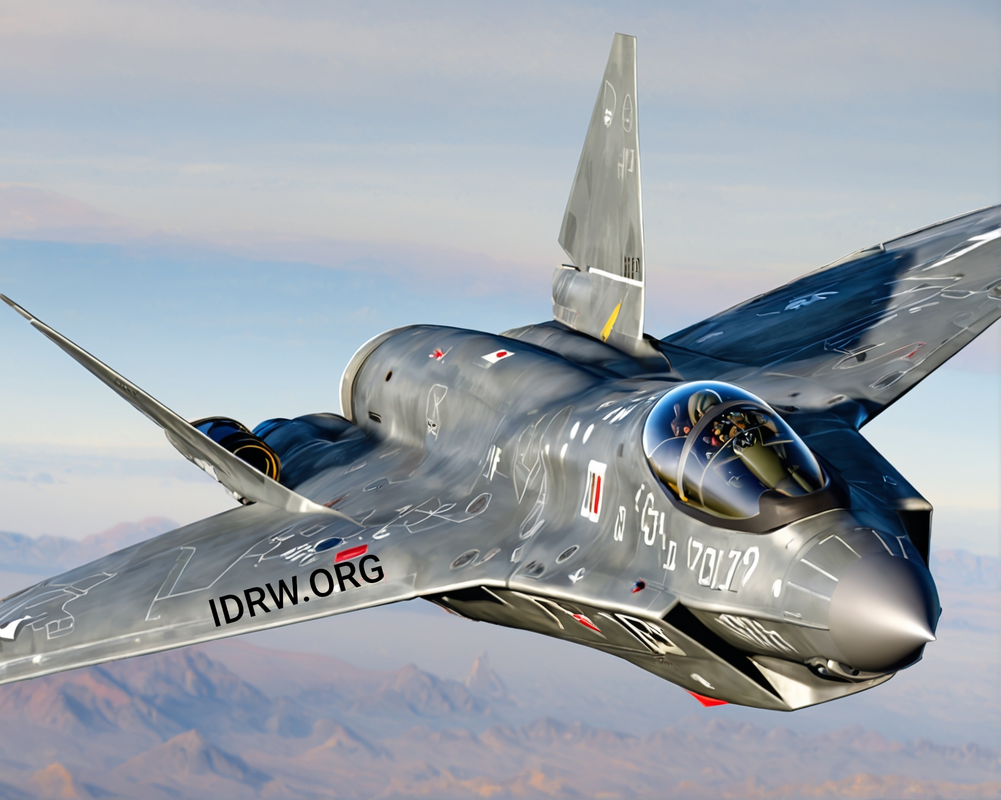SOURCE: RAUNAK KUNDE / NEWS BEAT / IDRW.ORG


Russia, through its Sukhoi Design Bureau, is actively seeking to enhance its interactions with Indian defence officials regarding the Su-75 Checkmate, a single-engine, stealth fighter aircraft currently under development. This interest is expected to be a significant focus during the upcoming Aero India 2025, following positive discussions held at Aero India 2023, where Russian officials briefed their Indian counterparts on the Su-75 program.
The Checkmate is being positioned as a cost-effective alternative to existing stealth fighters, with Russia keen to solidify a government-to-government (G2G) deal with India that could potentially reshape India’s future fighter acquisition plans.
The Su-75 Checkmate is designed to be a versatile, low-cost, single-engine stealth fighter aimed primarily at the export market. The Russian officials have indicated their readiness to offer India Transfer of Technology (ToT) and local production rights, including establishing an exclusive production line within India. This would not only cater to the Indian Air Force (IAF) but also serve export markets, effectively making the aircraft “nearly Indian” due to the absence of a dedicated production line in Russia. Such a proposition could significantly reduce production costs and enhance India’s domestic aerospace capabilities.
Since its initial unveiling, the Su-75 Checkmate has undergone several design modifications and improvements, which have delayed its first flight to early 2026. Russian defence officials have stated that the aircraft’s design changes, carried out in 2022-2023, are aimed at optimizing its performance and stealth capabilities. In June 2023, Rostec, the parent company of Sukhoi, introduced a new variant of the aircraft featuring a redesigned tail section, enlarged flaperons, and extended wing leading-edge root extensions. Additionally, modifications to the wing panels, borrowed from the Su-57, have been implemented to enhance aerodynamic efficiency and manoeuvrability.
The Su-75 was initially promoted with AL-41F engines, but Russia is also prepared to equip the aircraft with the second-stage Izdelie-30 or AL-51F1 engines, which are considered true 5th-generation engines. These engines are expected to provide superior performance characteristics, aligning the Su-75’s capabilities more closely with advanced stealth fighters such as the Lockheed Martin F-35. Drawing extensively from technologies developed for the Su-57 program, Russian officials are confident that the developmental cycle of the Su-75 can be expedited to just three years, citing that many of the components have already been tested and certified.
Russian officials have positioned the Su-75 Checkmate as a highly cost-effective solution for countries looking to acquire stealth fighter capabilities without the exorbitant price tag associated with other 5th-generation aircraft. They claim the per-unit cost of the Checkmate will be between $30-35 million, with a cost per flight hour “six or seven times” lower than that of the F-35. However, Indian officials have suggested idrw.org a more realistic unit price closer to the $50 million mark, still placing it below the cost of a Made-in-India Sukhoi-30MKI. This price point could make the Su-75 an attractive option for the IAF, provided it meets India’s operational and strategic requirements.
Russia is pushing for a G2G deal for the Su-75 Checkmate, which could only materialize at the expense of cancelling the Multi-Role Fighter Aircraft (MRFA) tender. The MRFA tender, which seeks to procure 114 fighter jets for the IAF, is a key component of India’s strategy to modernize its ageing fighter fleet. The potential inclusion of the Su-75 Checkmate in India’s defence portfolio would represent a significant shift in India’s procurement strategy, favouring a single-engine, cost-effective stealth fighter over more expensive twin-engine options.
Faced with Western sanctions, Russia has witnessed a decline in the sales of its fighter jets, particularly the Su-30SM, in traditional markets. As a result, the country has proposed a strategic partnership with India to utilize HAL’s Nashik plant as an export hub for the Su-30MKI. This move aims to circumvent the sanctions and continue supplying the Su-30MKI to countries that were previously hesitant due to Western pressure.
In addition to the Su-30MKI, Russia is also keen to promote the Su-75 Checkmate for global export. The company is actively seeking collaboration with Indian private sector companies to establish a robust supply chain for Checkmate’s production in India. This partnership would not only benefit India’s aerospace industry but also provide Russia with a reliable and efficient means of manufacturing and exporting aircraft.
NOTE : Article cannot be reproduced without written permission of idrw.org in any form even for YouTube Videos to avoid Copy right strikes. Websites doing illegal reproductions will get DMCA and Legal Notices.